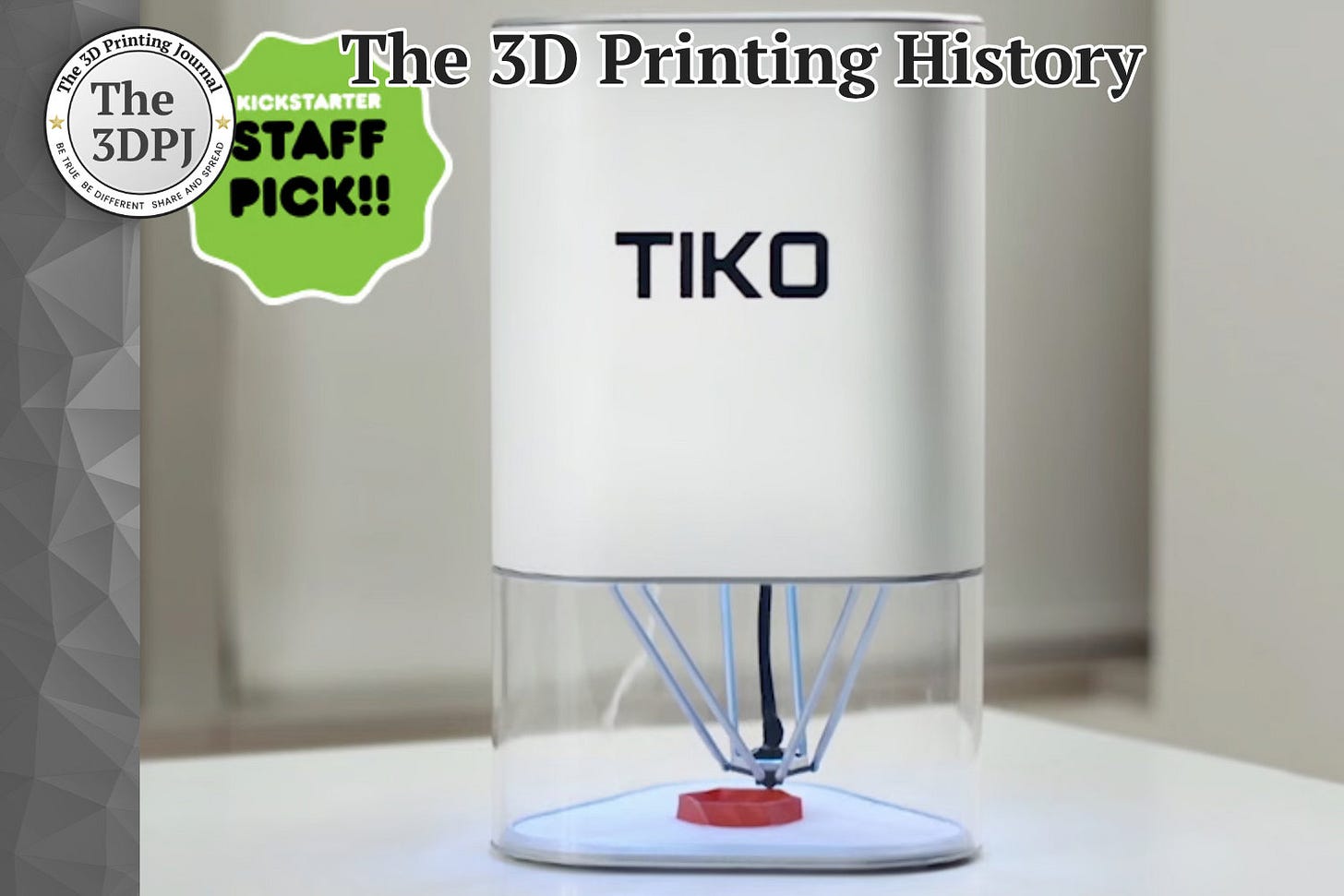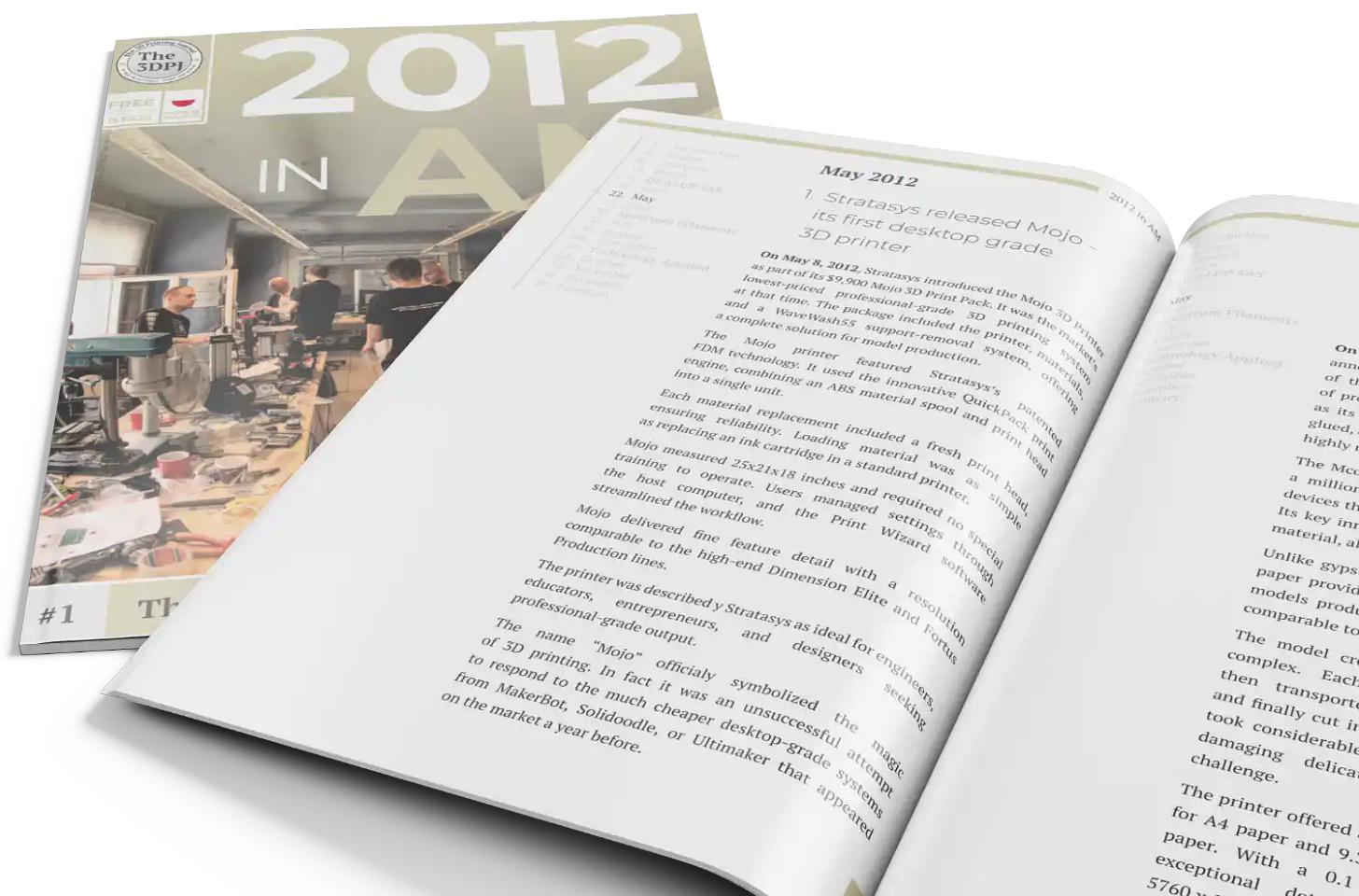02-22-2017: the creators of the Kickstarter hit – the Tiko 3D printer – officially announced that the project was a failure and that backers would not receive refunds
A few months later, they gave up entirely
On February 22, 2017, Tiko 3D – the creators of one of the biggest 3D printing hits on Kickstarter – announced that they would not be able to refund anyone for undelivered or non-functioning equipment. This was a prelude to another announcement on November 21, 2017, when Tiko 3D indicated that they were shutting down (though they left the door open for a potential revival, which never happened).
Thus ended one of the biggest failures in Kickstarter history. Its creators left thousands of backers without the product they had been waiting for. But at least, in the end, they said they were sorry...
The Tiko project was created by Matt Gajkowski, Sharon Charitar, and Michael Zhang. Matt, the main visionary behind the idea, aimed to develop an affordable, simple, and easy-to-use 3D printer that could reach a wide audience.
The Kickstarter campaign launched in March 2015 and quickly became one of the platform’s biggest successes in 3D printing. Tiko set a goal of raising $100,000, but it exceeded that amount on the very first day of the campaign. In the end, the project raised $2,950,874 from 16,538 backers, which was an enormous achievement.
Tiko’s main selling points were its low price ($199) and its delta-based design, which was supposed to ensure high printing precision while maintaining ease of use.
After the Kickstarter campaign ended, the Tiko team began working on the project. Initially, everything looked promising – the team regularly posted updates. However, by 2016, the first signs of trouble had started to appear. The printers were originally expected to be delivered by the end of 2015, but delays pushed the timeline to 2016 and then to 2017.
The main issue turned out to be technical difficulties with the printer’s design. The delta system, which was supposed to be Tiko’s advantage, proved challenging to optimize for mass production. Additionally, the team encountered issues with the quality of components supplied by Chinese manufacturers.
By 2017, the situation had become critical. Tiko announced that it was unable to manufacture printers at the planned scale and quality, and the company found itself in serious financial trouble. Backers began demanding refunds, but it turned out that the funds raised on Kickstarter had already been spent on project development and prototype production. In the end, the project was officially declared a failure. Thousands of backers never received their printers.
For many Kickstarter backers, it was a painful lesson that showed that even the most promising projects can fail if they are not backed by a solid execution plan and management.
Source: www.kickstarter.com




